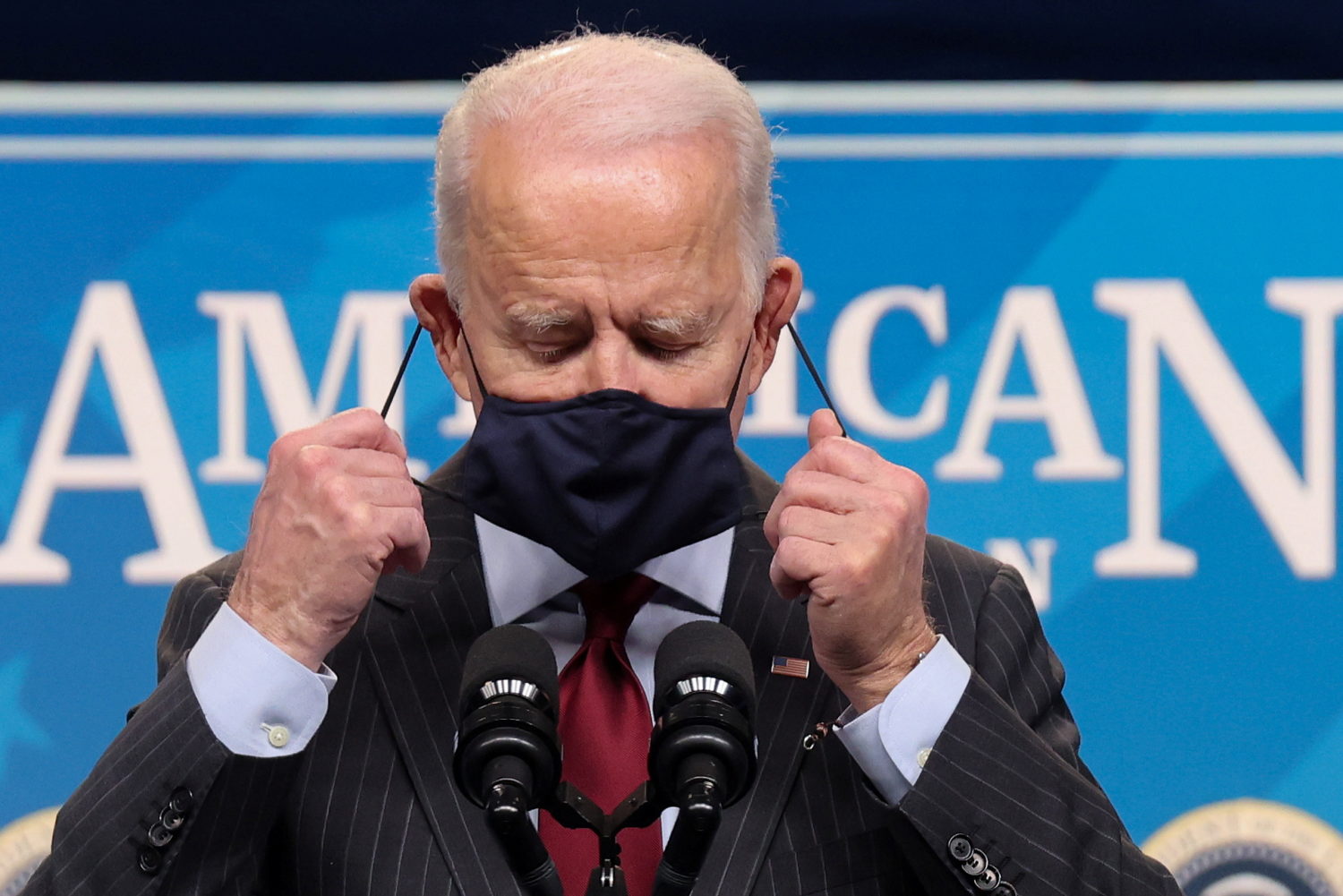
By Gabriella Borter and Jarrett Renshaw
(Reuters) – The U.S. Centers for Disease Control and Prevention on Friday issued new guidance for U.S. schools to reopen, recommending universal mask-wearing and physical distancing as key mitigation strategies to getting children back in the classroom.
The guidelines, which also emphasize the need for facility-cleaning, personal hygiene and contact tracing, are intended to give school districts a road map to bring the nation’s 55 million public school students back to classrooms without sparking COVID-19 outbreaks.
“We believe with the strategies we have put forward that there will be limited to no transmission in schools if followed,” CDC Director Rochelle Walensky told reporters, noting that the CDC was not mandating that schools reopen.
The agency also said school reopenings should not be conditional on teachers’ access to COVID-19 vaccines, but strongly recommended U.S. states prioritize teachers and school staff for vaccination.
School reopenings have been the focus of labor disputes between teachers unions and their districts in major U.S. cities. In Chicago this week, after months of negotiations that included threats of a lock-out and strike, the teachers union and district reached agreement on a safety plan.
President Joe Biden promised to reopen most schools within 100 days of taking office on Jan. 20. On Sunday, he said the problems arising from the continued closure of schools, including children’s mental health struggles and the exodus of parents from the workforce, have amounted to a national emergency.
Just 44% of U.S. school districts were offering fully in-person learning as of December and 31% were operating all remotely, according to the Center for Reinventing Public Education, which surveyed 477 of the nation’s nearly 13,000 school districts. Other districts have employed a hybrid learning model where students attend some school days in-person and some virtually.
The CDC’s phased mitigation strategy is intended to be flexible depending on the level of COVID-19 transmission in a school’s community.
In areas where the COVID-19 positive test rate is below 5% and there are fewer than nine new cases per 100,000 in the last seven days, schools can fully reopen and safely relax social distancing measures as long as masks are worn, Walensky said. In areas of high transmission, the agency is urging 6 feet of separation in classrooms and weekly testing of students, teachers and staff.
Recent studies have shown that in-person learning has not been associated with increased community transmission, especially in elementary schools, the CDC guidance noted.
(Reporting by Gabriella Borter in Boca Raton, Florida, Jarrett Renshaw in Philadelphia and Trevor Hunnicutt in Washington; Editing by Colleen Jenkins, David Gregorio and Matthew Lewis)












